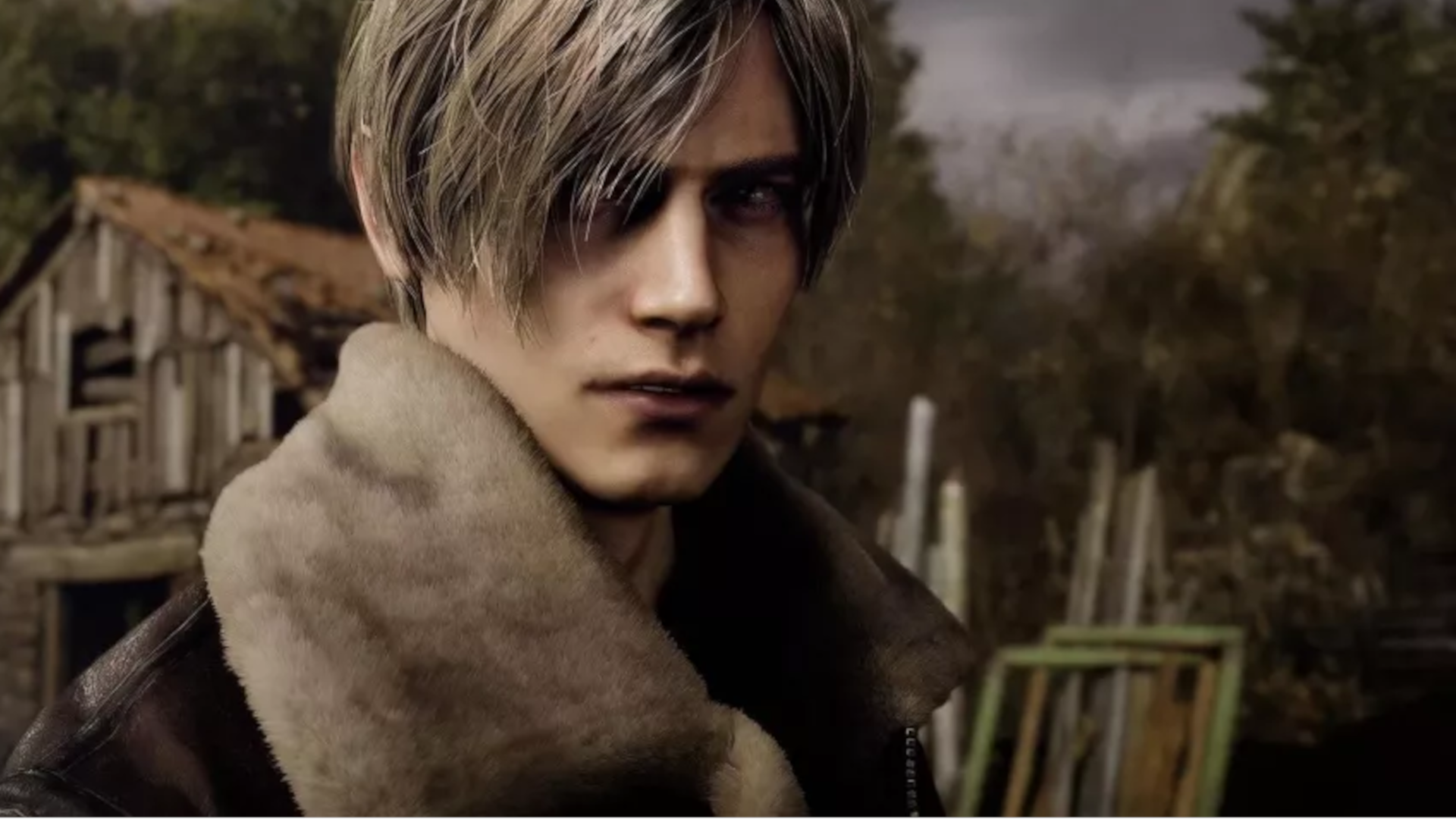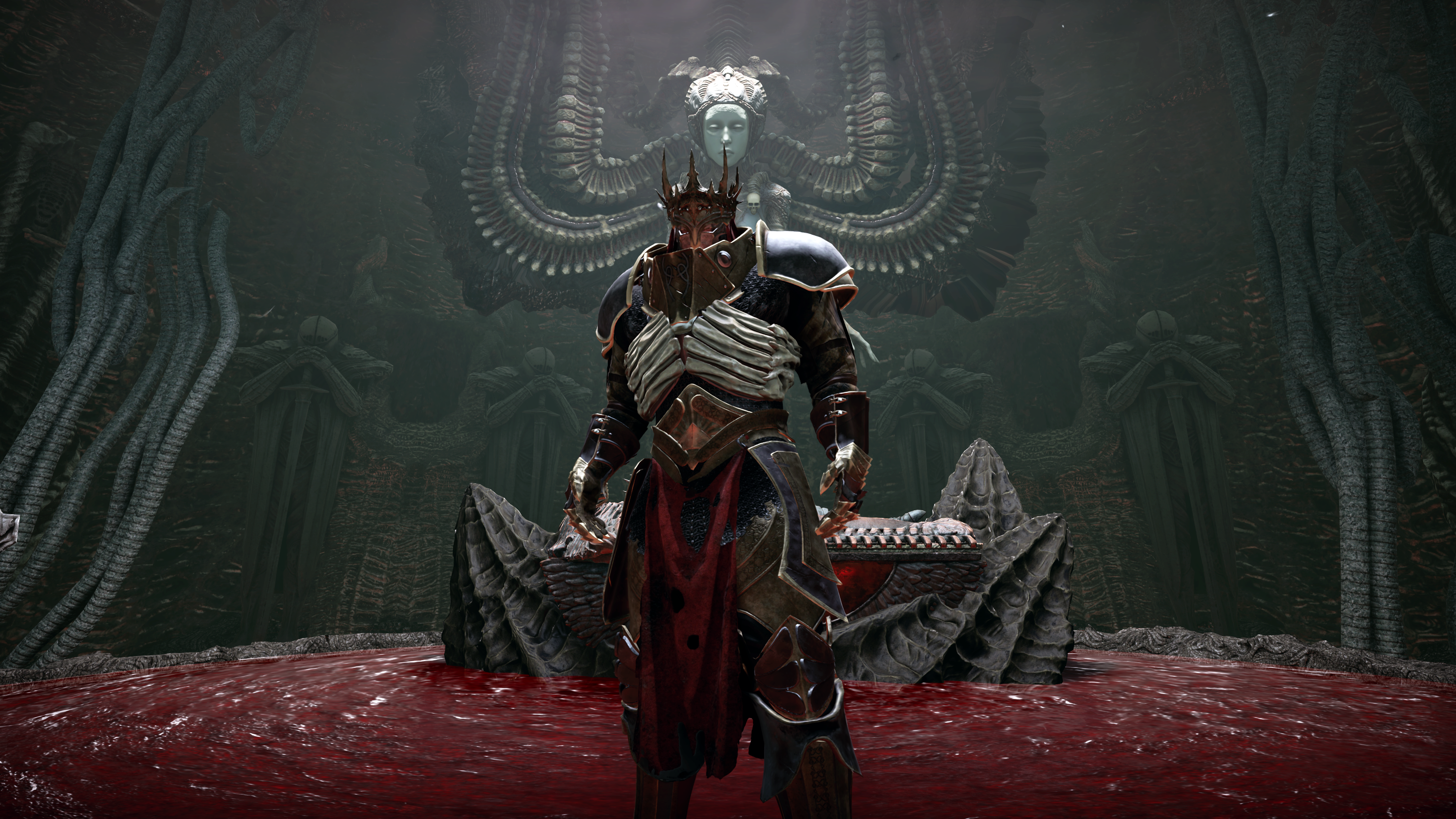
My 90 minute hands-on reveals limp combat and a lifeless world.
Arriving to play 90 minutes of Redfall, I’m surprised to find out I won’t be getting to try it out in co-op. Everything leading up to launch seems to have emphasised this as an experience to be shared, your team of four combining their vampire-hunting abilities and specialities to fight back against the forces of darkness.
Before I start, however, creative director Harvey Smith assures me that it’s designed as much for solo as multiplayer—you can play it however you want. It’s just a different experience, he explains: alone or as a pair, it’s a little slower and more strategic, whereas with three or four it’s more fast-paced and chaotic. By the end of my session, I’m left worried that that doesn’t ring true. I think the unfortunate reality may be that Redfall is caught between two identities—lacking something when played alone, but not well suited for playing with friends either.
(Image credit: Arkane Studios)
After picking one of the four playable heroes, I head straight out into the open world. Redfall’s titular setting is an island town in Massachusetts, a slice of small town Americana whose picturesque looks are somewhat spoiled by an invasion of vampires and their cultist minions. Not only have they seemingly wiped out the civilian population, they’re warping the world around them—the river has dried up, the sky is an unsettling colour, and weird energies shimmer in the air around their lairs.
It’s a sharply rendered world, but from a studio as stylish as Arkane it does feel like it’s missing something. Deathloop and particularly Dishonored are wonderfully striking to look at, with such rich environmental world-building—their settings are instantly memorable. Redfall feels mundane by comparison. Despite the vampire threat, predominantly what you’re looking at is normal, present day buildings and streets, and the art-style, though colourful and pleasant, isn’t distinctive enough to elevate them.
As I start to explore, that feeling is compounded by the strange lifelessness of the town. Before my session, Harvey is keen to emphasise that I don’t have to follow the main plot—I can just wander and see what I discover. But when I give that a try, what I find is… not a lot. There are little groups of enemies standing around in various spots, ready to come after me if I stray too close, but there’s precious little to really interact with. Almost all the buildings I poke around inside are simply bare. No items to pick up, nothing to see, no signs of life other than bloodsuckers and cultists. It’s a far cry from the intricate dioramas of Dishonored.
(Image credit: Arkane Studios)
After pretty easily blasting three or so vampires, I’m free to just stroll up to the heart, where no climactic confrontation awaits me.
Eventually I discover a Nest—a sort of pocket dimension where vampires like to chill. Just the presence of the weird doorway to this realm empowers enemies around it, making it a good idea to get rid of any you find. You do that by stepping through, blasting away the monsters inside, and destroying the giant, creepy heart at their centre.
The topsy-turvy world inside the Nest feels like a glimpse at that more creative and exuberant side of Arkane. It’s a sort of twisted reflection of the town—shadowy streets and buildings crushed together into a claustrophobic tunnel to the heart. Once I reach the huge, abominable organ, I have to break its tendrils away from unfortunate victims being drained of their vital fluids, before blasting it into a cloud of red smoke. Then it’s a race to hoover up loot before the dimension collapses, throwing me back out to the real world.
It’s a great concept—a sort of nightmarish take on clearing out bandit camps, drawing you into a self-contained gauntlet free from the pesky constraints of the laws of physics. The visual metaphor, of defeating vampire occupation by destroying its literal heart, is delicious. But in practice these Nest excursions are lacking in excitement. After pretty easily blasting three or so vampires, I’m free to just stroll up to the heart, where no climactic confrontation awaits me—I just have to go to each tendril and press a button, then shoot the heart a couple of times, and that’s it. And again, when I try exploring off the beaten track—Nests are pretty linear, but there are side rooms you can poke around in—I find nothing other than a bit of spooky set-dressing.
Suckers
(Image credit: Arkane Studios)
Once downed with a few shots, they flop helplessly to the ground, where you have to stake them to finish them off.
And really, this is the problem I have throughout: there’s nothing here to get my adrenaline flowing. In combat, the shooting feels good, and there’s a nice selection of guns to choose from (including more esoteric options like a stake launcher and a UV beam), but enemies don’t put up an interesting fight, and there seems to be little strategic meat. There’s stealth, and you can approach enemy encampments from different angles, but none of it really adds up to much more depth than shooting explosive barrels when cultists stand conveniently next to them.
The vampires are the worst offenders. Floating menacingly in the air and rushing at me to claw me, they at first seem thrilling—but once I pump a few shotgun blasts into them, I realise how weightless they really are. Easy to put down, feral in their behaviour, and usually found just kind of aimlessly hanging about with cultists, they have none of the grandeur or menace you want from a supernatural foe like this. They feel more like flying attack dogs. Once downed with a few shots, they flop helplessly to the ground, where you have to stake them to finish them off. It should be a cathartic moment—take that, you creature of the night!—but they’re such limp enemies that it feels more like having to clean up after yourself.
The whole game really hangs on the idea that these guys are both scary and exciting to fight, and from what I play they just aren’t. My last hope for an adrenaline rush is the anger of the vampire gods—as you slay bloodsuckers, the game regularly informs you that you’re annoying their deities, which slowly fills up a big red bar. Take a break, and it’ll drain slowly (though I have no idea what you’d spend that time doing), but keep fighting and it’ll eventually summon a miniboss to put you down.
Check mate
(Image credit: Arkane Studios)
He’s still capable of nothing more than charging at me and then floating gormlessly in front of me when he misses.
When I incur their wrath and a hulking beast called the Rook is summoned to slay me, it’s at the worst possible time—I’ve just arrived at the mansion housing my first proper story mission, and it’s already well-defended without someone else joining the mix. His arrival is heralded by arcane storms, forcing me to stay on the move.
As I sprint around the mansion’s grounds, dodging lightning bolts and the attentions of other vampires while I try to get a read on the Rook, it briefly seems like I’ve found the real meat of the game’s combat. A couple of tentative shots reveal a health bar that’s certainly not going to go down as quickly as his chums, and whenever he catches up to me, his claws deal serious damage.
But the more I fight him, the more I realise that’s all he’s really got going for him—he’s just another attack dog, only with more health and damage. He’s still capable of nothing more than charging at me and then floating gormlessly in front of me when he misses. It just takes longer to chip him down, and even amidst the chaos that’s not difficult. If this is the extent of the dark gods’ divine judgement, then I don’t think I’ll be converting to the Church of Vampirology any time soon.
(Image credit: Arkane Studios)
Deflated, I work my way through a fairly bland story mission. It’s mostly a very long hunt for a long list of items in the mansion which makes stealth or strategy irrelevant, because I end up having to clear out every room in the place. Again, there’s no climactic moment—it just eventually ends when I find the last object—and even the writing feels half-hearted as it spins me a tropey yarn about a mad scientist driven to unethical experiments by his daughter’s mysterious illness.
As I end my time with the game, I’m left wondering how much my adventure was hobbled by my lack of co-op buddies. With enemy numbers and difficulty scaled up, would fights feel more dangerous and exciting? Would synergy between our abilities open up more strategic options? Would multiplayer chaos fill the strange emptiness at the heart of this world?
(Image credit: Arkane Studios)
But at the same time, I can already see the problems I’d be running into in co-op. With such a go-anywhere-do-anything structure, won’t multiplayer sessions feel loose and aimless? Without properly paced encounters and climactic moments, how can co-op play settle into a satisfying rhythm? Redfall feels quiet and empty alone, but I’m not sure it’s a world I’m keen to pull my friends into either—from what I’ve seen, it seems less like a game you can play however you want, and more the worst of both worlds.
Developed during the pandemic and other change and upheaval at the studio, and surely shaped by Arkane’s struggle to find mainstream commercial success with its excellent immersive sims, Redfall seems to me to bear the scars of a troubled development. I can only hope I didn’t get to see its best side, but all I can say is that after an hour and a half with its vampire enemies, not once did it get my blood pumping.
Redfall is due to launch on Steam and Xbox Game Pass on May 2 this year.




